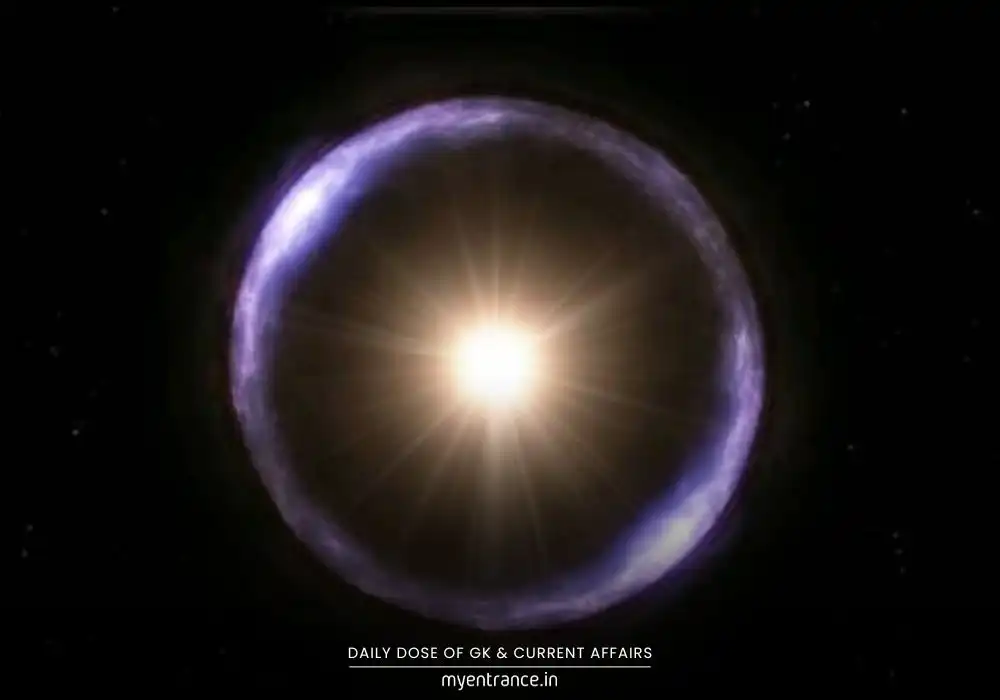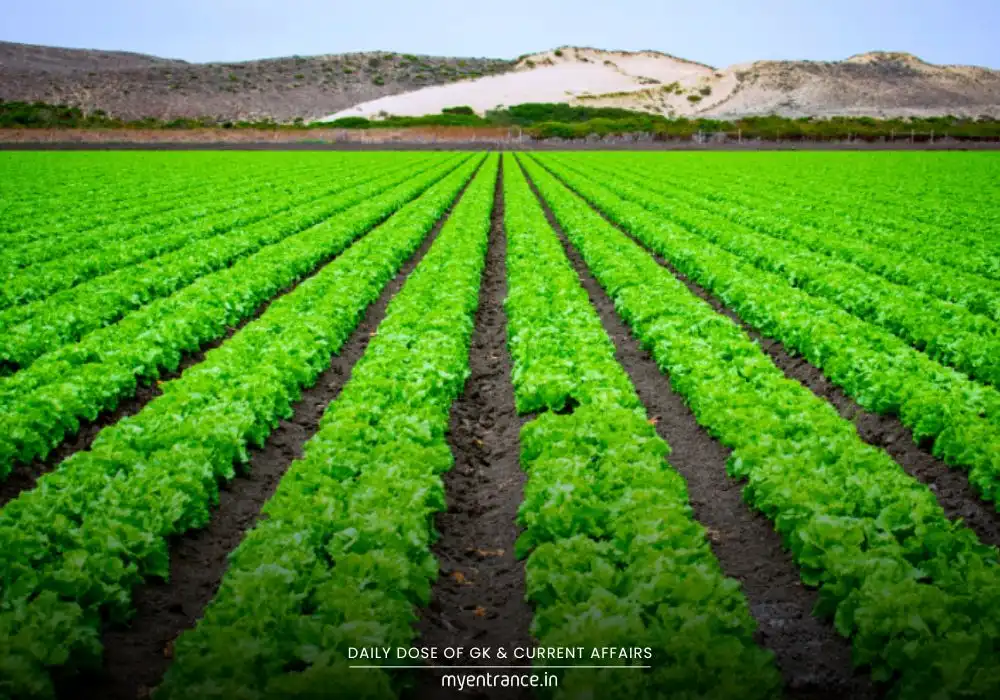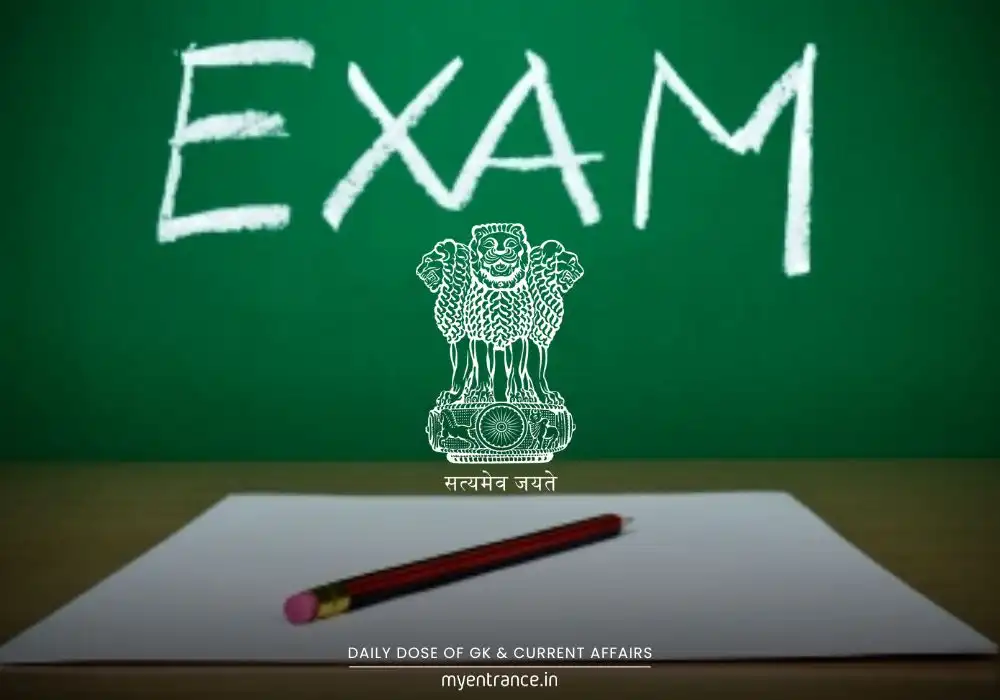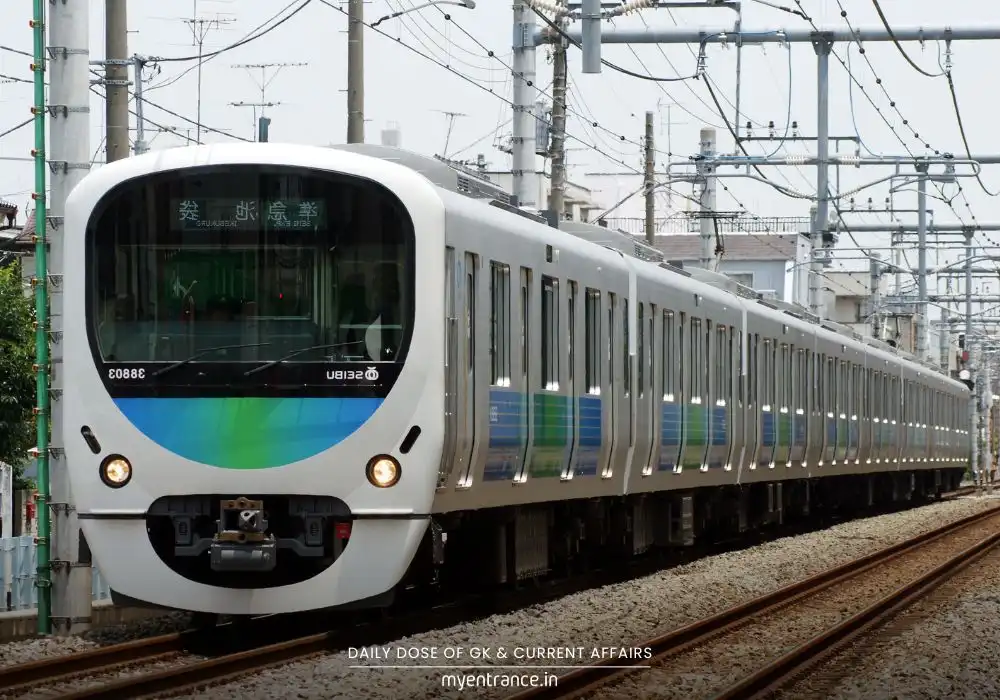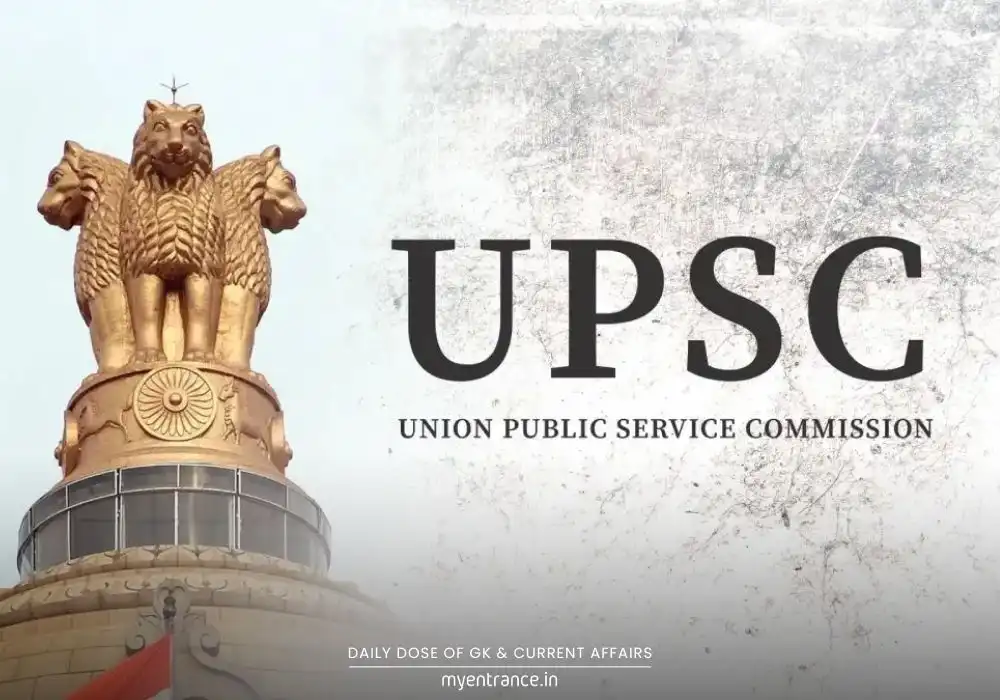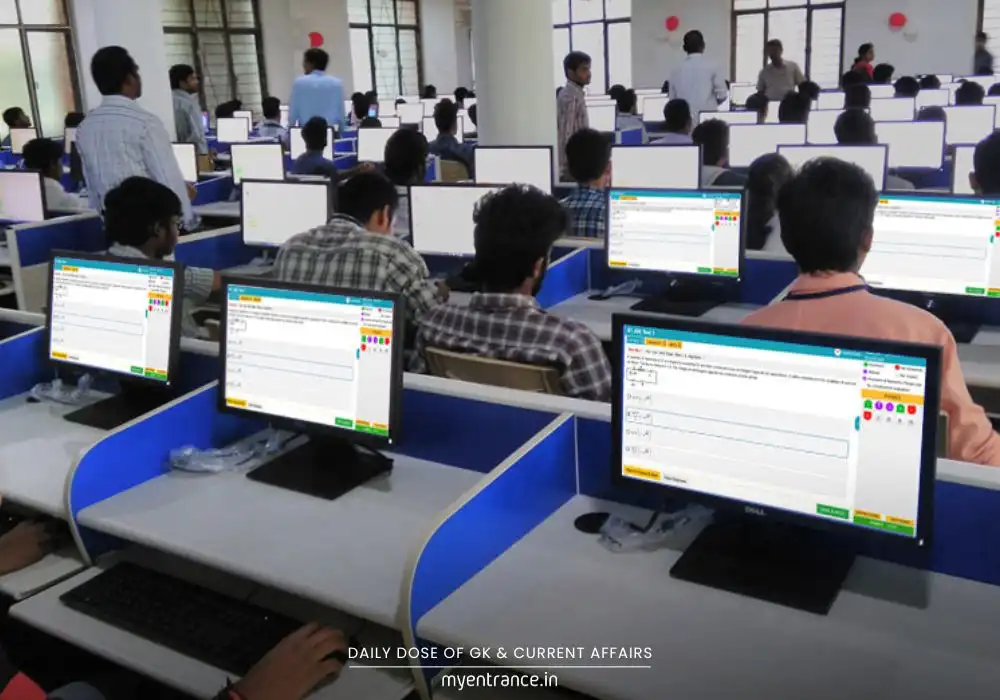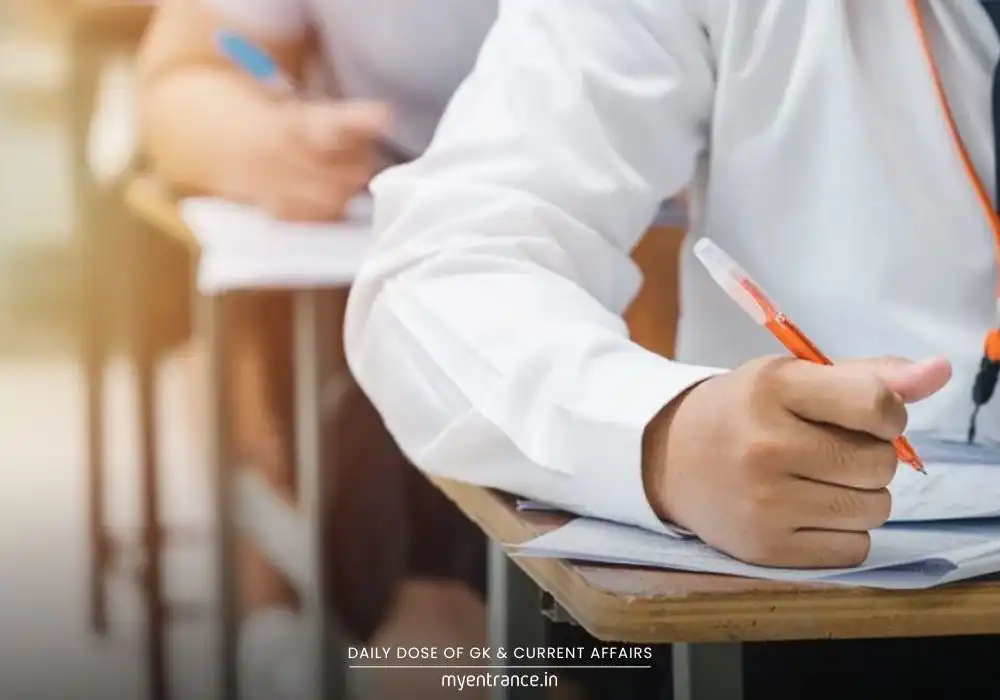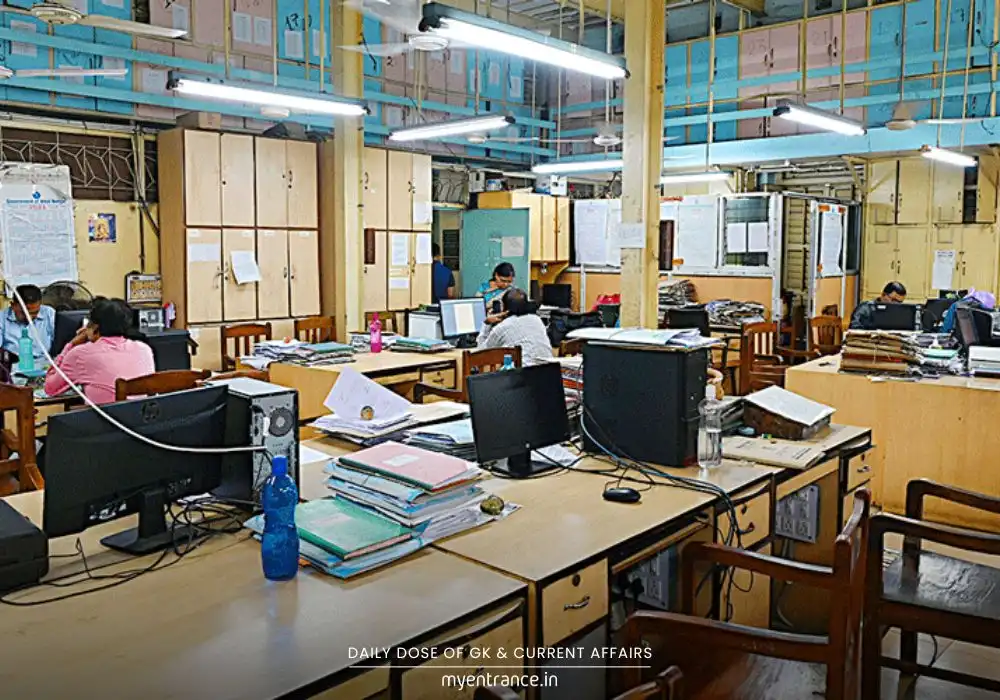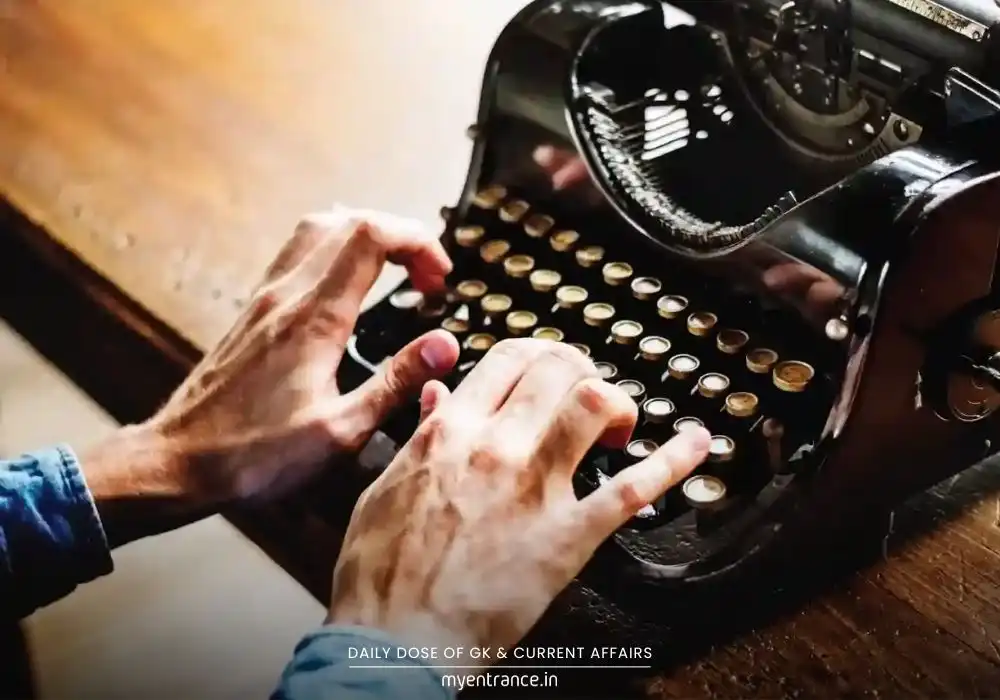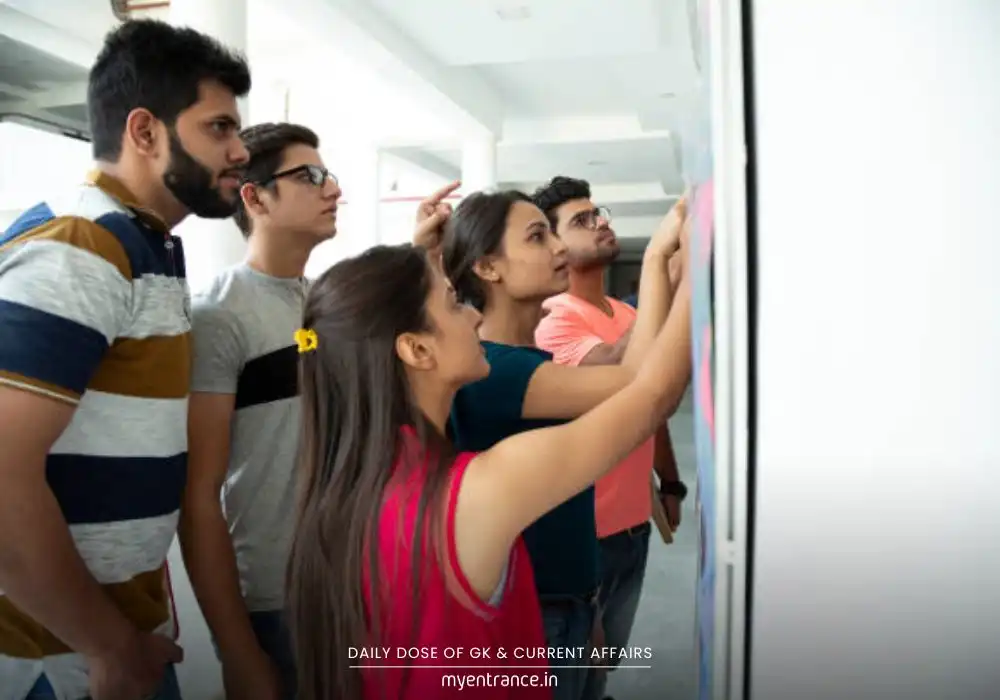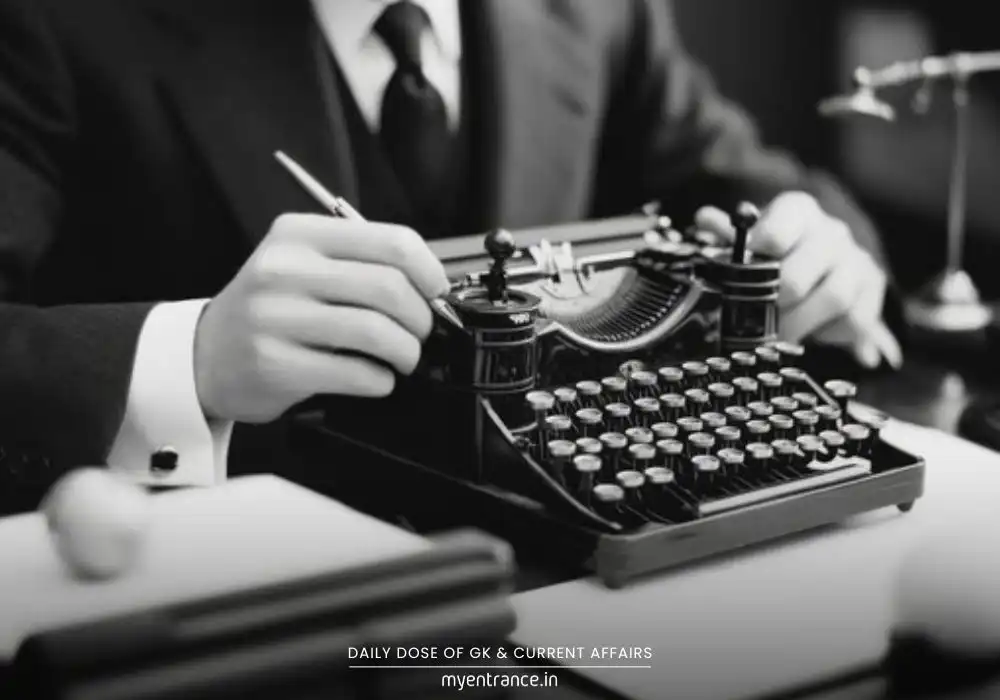Translate Language
Vengi Chalukya Copper Plate Discovery: Key Insights for UPSC, SSC & PSC Exams
A fifth copper plate inscription from the Vengi Chalukya era was recently unearthed in Kodad, Telangana, offering fresh insights into the dynasty’s governance. Dating back to 927 CE, it records a land grant by King Vikramaditya II, highlighting administrative practices and socio-economic strategies. This discovery is a goldmine for competitive exam aspirants studying medieval Indian history.
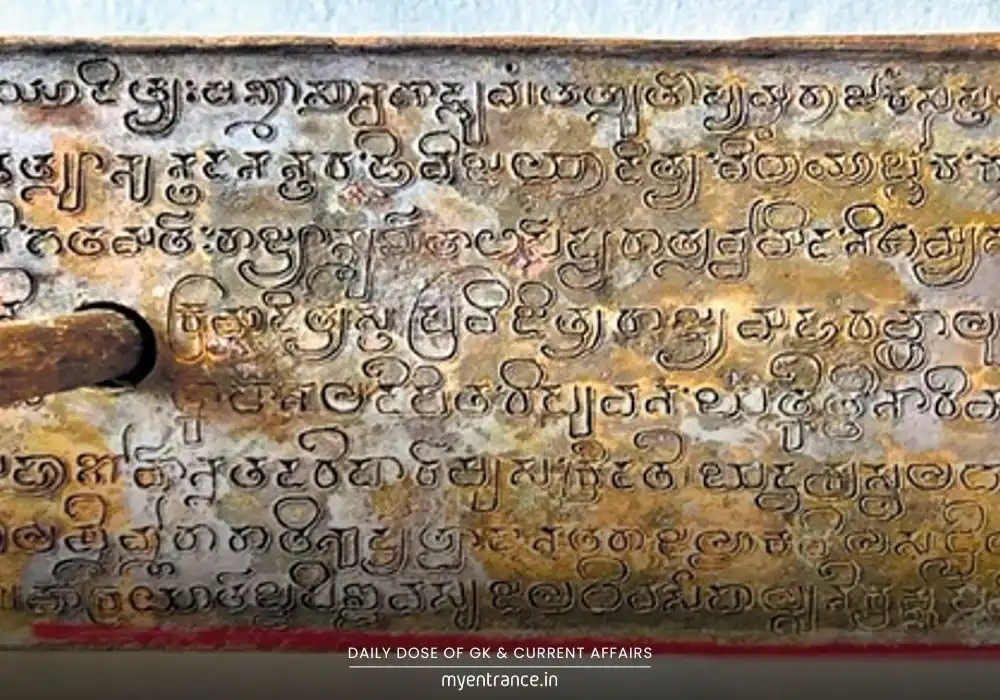
NIFT Entrance ExamsVengi Chalukya Systems: Key Findings
1. Royal Lineage & Political Context
The inscription traces the Vengi Chalukya kings from Kubja Vishnuvardhana to Vikramaditya II, son of Chalukya Bhima I and Vijayamahadevi.
It confirms the dynasty’s expansionist policies and consolidation of power in the Deccan region.
2. Land Grant & Taxation
Vikramaditya II granted 12 khandukas of land in Kodajenu village (including hamlets like Ghattikallu and Bojjaprolu) to Gundayya, a loyal officer.
Taxation System: Residents of 300 villages under Kondapalli vishaya were ordered to pay:
One-sixth of their tax (bali)
Six cows
One adaka of ghee
A pair of garments (vastrayugalam)
This reveals a decentralized revenue system with direct royal oversight.
3. Administrative & Strategic Significance
The grant was issued during the Uttarayana festival in Phalguna month (927 CE).
Engraved in Sanskrit using Telugu script by Srikantha Ranabharana, it bears the royal Varaha (boar) seal, symbolizing authority.
The presence of mahasamantas (feudal lords) suggests a hierarchical governance model.
Experts believe this was a strategic move to strengthen border security by rewarding loyal warriors like Gundayya.
Why Is This Important for Exams?
UPSC/State PSCs: Questions on Chalukya administration, land revenue systems, and feudalism frequently appear.
SSC & KAS: Topics like medieval inscriptions, taxation, and regional dynasties are crucial.
NID/NIFT: General awareness sections may include historical artifacts and cultural heritage.
Analytical Value: Helps understand statecraft, patronage, and socio-economic policies of ancient India.
Questions & Answers
Q1: Who issued the Kodad copper plate inscription?
A: King Vikramaditya II of the Vengi Chalukya dynasty.
Q2: What was granted to Gundayya in the inscription?
A: 12 khandukas of land in Kodajenu village, along with tax exemptions and other privileges.
Q3: What does the Varaha seal symbolize in Chalukya inscriptions?
A: It represents royal authority and is associated with King Vishnuvardhana’s legacy.
Q4: How did the Vengi Chalukyas collect revenue?
A: Through bali (tax), agricultural produce, and gifts like cows and garments from villages.
Q5: Why is this copper plate significant for historians?
A: It provides evidence of feudal ties, taxation methods, and political strategies in medieval Deccan.
This copper plate is more than an artifact—it’s a window into Chalukya governance, essential for history-focused competitive exams. Aspirants should note its taxation details, royal seals, and strategic land grants for potential questions.
Found this helpful? Explore more exam-focused history insights at MyEntrance.in!
Get 3 Months Free Access for SSC, PSC, NIFT & NID
Boost your exam prep!
Use offer code WELCOME28 to get 3 months free subscription. Start preparing today!
